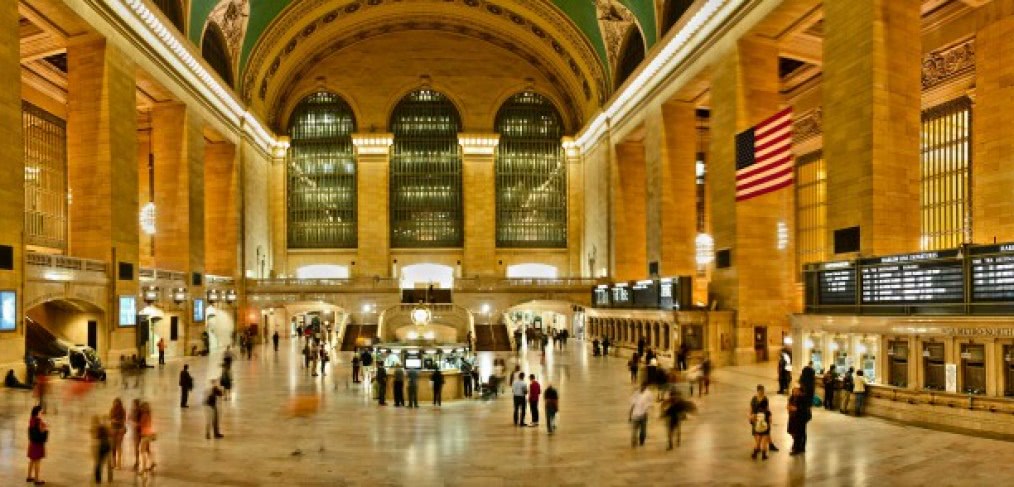
Walk This Way
When I moved across the pond from Europe to America, I packed my bike with me. And why not? It was working fine and had served me faithfully through my aggressive commuting days in London. But more importantly, I wanted to be able to hop onto my bike and start exploring the city once I unpacked my bags. For me it wasn’t just health benefits that attracted me to cycling, but the freedom of being able to get anywhere I wanted (within reason, of course) without having to factor in delay times from traffic jams and late buses.
I soon found out that even though I felt much safer cycling on the wide roads with dedicated bike lanes in D.C, I didn’t feel happier. While not having to declare territorial wars with the London double-decker buses made my commute to work much more stress-free, the cycling subculture in D.C is still maturing, and cars and bikes are still trying to learn how to share the road respectfully with one other. According to the League of American Bicylists, there has been an 81% increase in bicycling commuting in the DC region from 2005 to 2011. The launch of DC’s Capital Bikeshare, a public bicycle sharing system, in 2010 certainly contributed to the rise in popularity of urban cycling. With more than 1,600 bicycles operating from 201 stations, the system is the largest bike sharing service in the United States. However, there is plenty of room for improvement before we can be on par with cities like Amsterdam and Copenhagen. Nevertheless, I started cycling to work and looked for ways to advocate safe cycling in the city.
So you can imagine my excitement when I found out that since 1956, May has been recognized as National Bike Month. This program also recognizes National Bike Day, one whole day of pit stops around the city offering food and entertainment, all to celebrate the fact that I self-propelled my way to work. Events like these are fantastic efforts by the city to achieve a strong biking community and help to reward individuals and businesses for their commitment to creating a healthier and more sustainable city to live in. In a world of rising oil prices and increasing impacts of pollution, our actions and motivations should be directed at creating a better world to live in. This will help us to change current architectural and urban planning standards and pave the way for a greener future.
This year, RTKL’s DC office will be participating in the Big Green Commute, an inter-firm competition organized by ZGF Architects for offices in the DC area in which employees adopt more eco-friendly modes of travelling to work. What’s more important than the eternal glory and gloating privileges to be had if our office took the (recycled) trophy from the hands of our competitors, is the desire to drive a cultural shift amongst ourselves in the office. It is also an excellent way for us to start collecting data on our commutes to work, and figure out how we can transition those numbers to shift our transportation needs from a car-centric attitude to a greener one that emphasizes on walking, biking and taking public transport. This sustainable model of life will not just decrease pollution levels and reduce traffic congestion, but in the long run it will help carve out how our future cities will look and feel.
And perhaps one day, more urban cities in America will be like what I dare to envision: a livable, pollution-free cityscape, where walking and cycling as a form of transportation is commonplace.



Better health & a better environment….a great combination. Good luck to you & RTKL’s DC office. Happy pedaling!